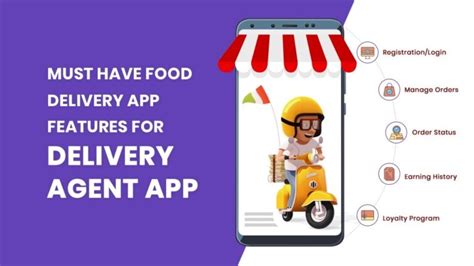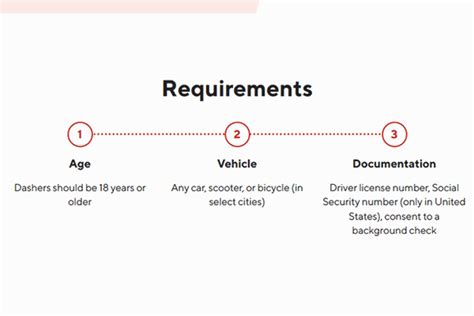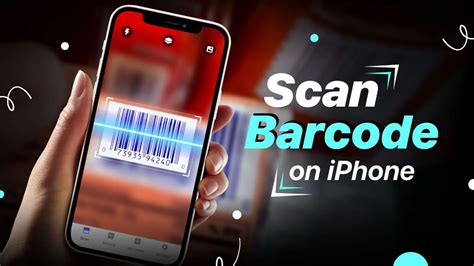Food Delivery Service For Restaurant

The food delivery landscape has undergone a remarkable transformation in recent years, and at the forefront of this evolution is the rise of food delivery services specifically designed for restaurants. These services, tailored to meet the unique needs of eateries, have become an indispensable tool for restaurants aiming to expand their reach and cater to the changing preferences of modern diners.
This article delves into the world of restaurant-focused food delivery services, exploring their significance, the benefits they offer, and the key considerations for restaurants looking to embrace this innovative business model.
Revolutionizing Restaurant Operations: The Impact of Dedicated Food Delivery Services

The food delivery industry has witnessed a significant shift towards specialization, and one of the most notable trends is the emergence of delivery services that cater exclusively to restaurants. These services, often powered by cutting-edge technology, are designed to streamline the entire delivery process, from order placement to final delivery, ensuring a seamless experience for both restaurants and their customers.
For restaurants, the adoption of a dedicated food delivery service presents a myriad of advantages. Firstly, it allows them to expand their customer base beyond the physical confines of their establishment, reaching a wider audience and increasing their potential for growth. This is particularly beneficial for restaurants located in less populous areas or those aiming to tap into new markets.
Secondly, food delivery services provide restaurants with a valuable tool to manage their operations more efficiently. With advanced order management systems, restaurants can easily track and organize incoming orders, ensuring a smoother kitchen workflow and reducing the likelihood of errors. Additionally, these services often offer insights and analytics, allowing restaurants to make data-driven decisions and optimize their menu offerings based on customer preferences.
Furthermore, restaurant-focused delivery services prioritize the preservation of food quality and presentation. They employ specialized packaging and delivery techniques to ensure that meals arrive at their destination in the best possible condition, maintaining the restaurant's reputation for serving high-quality cuisine.
Key Considerations for Restaurants Embracing Food Delivery

While the benefits of partnering with a food delivery service are undeniable, restaurants must carefully consider several factors to ensure a successful integration.
Selecting the Right Partner
The food delivery service landscape is diverse, with numerous players offering a range of services and features. Restaurants should conduct thorough research to identify a partner that aligns with their specific needs and goals. Considerations should include the service’s coverage area, delivery fees, and any additional services or support they provide, such as marketing assistance or customer support.
Optimizing the Menu for Delivery
Not all dishes travel well, and restaurants must carefully curate their menu to ensure that the food remains appealing and enjoyable even after delivery. This may involve experimenting with different packaging solutions, adjusting portion sizes, or even creating dedicated delivery-only items. By optimizing the menu, restaurants can enhance the overall customer experience and build a positive reputation for their delivery service.
Managing Customer Expectations
When offering delivery, restaurants must clearly communicate their delivery times, service areas, and any potential limitations. Managing customer expectations is crucial to maintaining a positive reputation and ensuring customer satisfaction. This includes providing accurate estimated delivery times, offering real-time order tracking, and promptly addressing any customer inquiries or concerns.
Integrating Delivery into Existing Operations
The successful integration of a food delivery service requires seamless coordination with a restaurant’s existing operations. This involves training staff on new procedures, ensuring the kitchen can accommodate additional orders without compromising quality, and effectively managing the flow of incoming orders to prevent bottlenecks.
The Future of Restaurant Food Delivery: Innovations and Trends
The food delivery sector is characterized by constant innovation, and several trends are shaping the future of restaurant food delivery services.
Technological Advancements
Advancements in technology are driving significant improvements in the food delivery space. From real-time order tracking and delivery route optimization to the integration of AI for enhanced customer service, technology is enhancing the efficiency and reliability of food delivery services. Additionally, the development of advanced food packaging solutions is helping to maintain the quality and presentation of meals during transit.
Personalization and Customization
Consumers increasingly value personalized experiences, and food delivery services are responding by offering customized options. This includes allowing customers to tailor their orders with specific instructions, providing customizable meal kits, or even offering unique, personalized menu items for delivery. By catering to individual preferences, restaurants can foster stronger customer loyalty and engagement.
Sustainable Practices
With growing environmental awareness, many food delivery services are embracing sustainable practices. This includes initiatives such as reducing single-use packaging, offering eco-friendly delivery options, and partnering with restaurants that prioritize sustainability in their operations. By adopting sustainable practices, food delivery services can appeal to a broader audience and contribute to a more eco-conscious industry.
| Key Trend | Impact |
|---|---|
| Technological Integration | Enhances efficiency, reliability, and customer experience. |
| Personalization | Fosters customer loyalty and engagement. |
| Sustainability Focus | Appeals to eco-conscious consumers and promotes industry-wide change. |

Conclusion: A Transformative Opportunity for Restaurants
For restaurants, the rise of dedicated food delivery services presents a transformative opportunity. By partnering with these services, eateries can expand their reach, enhance their operational efficiency, and deliver a seamless experience to their customers. As the food delivery landscape continues to evolve, restaurants that embrace these innovative models are well-positioned to thrive in a competitive market.
How can restaurants ensure a positive customer experience with food delivery services?
+To ensure a positive customer experience, restaurants should prioritize clear communication, accurate order fulfillment, and timely deliveries. This includes providing transparent information about delivery times, service areas, and any potential limitations. Additionally, training staff to handle delivery orders effectively and ensuring the kitchen can maintain quality standards for off-premise dining are crucial aspects of delivering a positive experience.
What are the key benefits of restaurant-focused food delivery services over general delivery apps?
+Restaurant-focused food delivery services offer specialized support tailored to the unique needs of eateries. These services often provide advanced order management systems, analytics tools, and marketing assistance, enabling restaurants to optimize their operations and reach a wider audience. Additionally, they prioritize food quality and presentation, ensuring that meals arrive at their destination in the best possible condition.
How can restaurants manage the additional workload associated with food delivery services?
+Restaurants can manage the additional workload by implementing efficient systems and processes. This includes investing in a robust point-of-sale (POS) system that integrates with the delivery service, training staff on new procedures, and optimizing kitchen workflows to accommodate increased order volume. Additionally, leveraging technology for order management and communication can help streamline operations and reduce the risk of errors.



